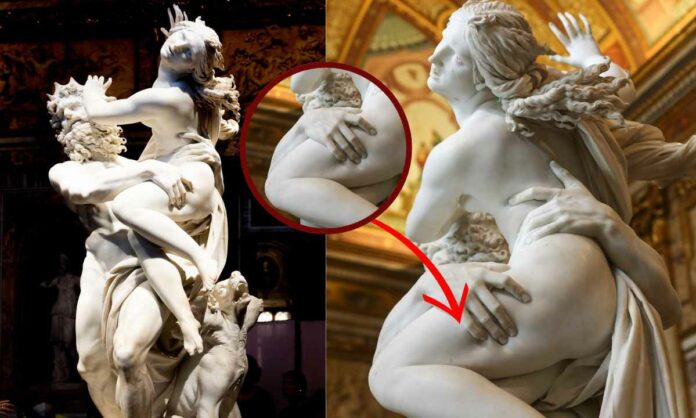Gian Lorenzo Bernini, the mastermind behind the Baroque movement, forever changed the world of sculpture. His ability to transform cold marble into life-like masterpieces that express raw emotion is unmatched. From the dramatic “Abduction of Proserpina” to the spiritual “Ecstasy of Saint Teresa,” Bernini’s sculptures have captivated audiences for centuries. Here are the top 5 life-like sculptures that continue to leave the world in awe.
Introduction
In the world of Baroque art, one name stands out as a master sculptor whose works have left an indelible mark on history: Gian Lorenzo Bernini. Born in Naples in 1598, Bernini brought life to marble in a way that had never been seen before. His sculptures are celebrated for their emotional intensity, intricate detail, and the ability to capture fleeting moments frozen in time. Often compared to Michelangelo, Bernini’s work transcends the medium of sculpture, transforming stone into life-like figures that continue to astonish and inspire to this day. Here, we explore the top 5 life-like sculptures of Bernini that have stunned the world with their sheer brilliance.
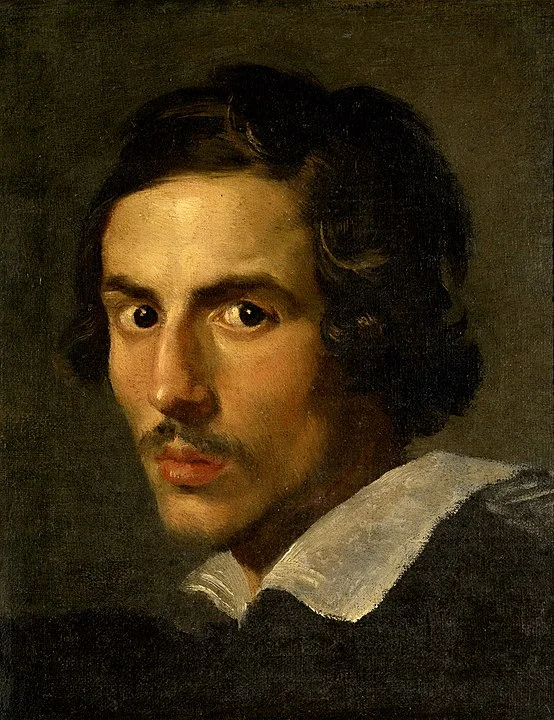
A self-portrait of Bernini, circa 1623, housed in the Galleria Borghese, Rome.
The Abduction of Proserpina
One of Bernini’s most celebrated sculptures, The Abduction of Proserpina, was completed when he was just 23 years old. This masterpiece tells the mythological tale of Pluto, god of the underworld, and the abduction of Proserpina. The sculpture captures a moment of dynamic struggle between the two figures, emphasizing the powerful physicality of Pluto’s grip and the vulnerability of Proserpina. The lifelike detail is astounding—Pluto’s hands seem to sink into Proserpina’s flesh, and her expression of terror and desperation is palpable. This work demonstrates Bernini’s extraordinary ability to convey emotion through the cold medium of marble.
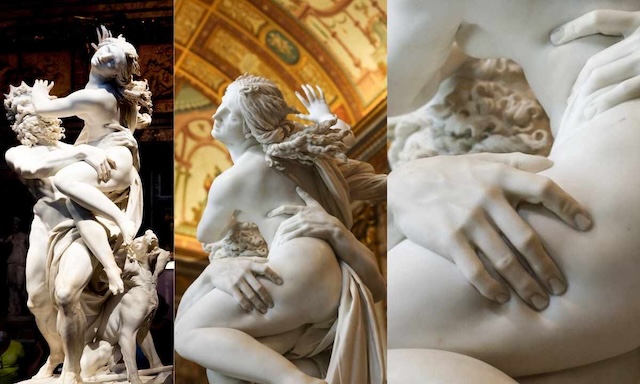
The Vision of Constantine
The Vision of Constantine is an equestrian sculpture located in the Scala Regia of St. Peter’s Basilica in Vatican City. This monumental piece captures the moment Emperor Constantine I saw a divine vision of a cross in the sky before an important battle. According to legend, this vision led Constantine to victory and ultimately paved the way for the acceptance of Christianity in the Roman Empire. Bernini’s sculpture, with its powerful portrayal of the emperor on horseback, conveys the intensity of the vision and its impact on Constantine. The work exudes a sense of awe and grandeur, illustrating Bernini’s mastery in creating life-like figures filled with emotion and significance.
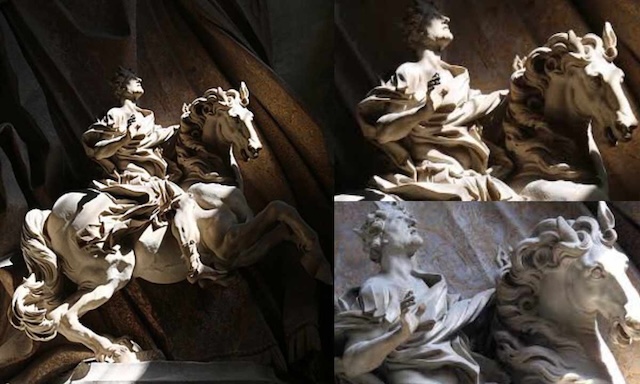
Fontana dei Quattro Fiumi (Fountain of the Four Rivers)
One of Bernini’s most iconic public works is the Fontana dei Quattro Fiumi, located in Rome’s Piazza Navona. Designed in 1651, this magnificent fountain symbolizes the four great rivers of the known world: the Nile, the Danube, the Ganges, and the Río de la Plata. Each river is represented by a massive, life-like figure, with their expressions and gestures portraying the cultural and geographical significance of the continents they represent. The fountain is not just a work of art but a political statement, commissioned by Pope Innocent X to reflect the papacy’s global influence. Bernini’s skill in harmonizing sculpture with architectural space is evident in this dynamic and awe-inspiring monument.
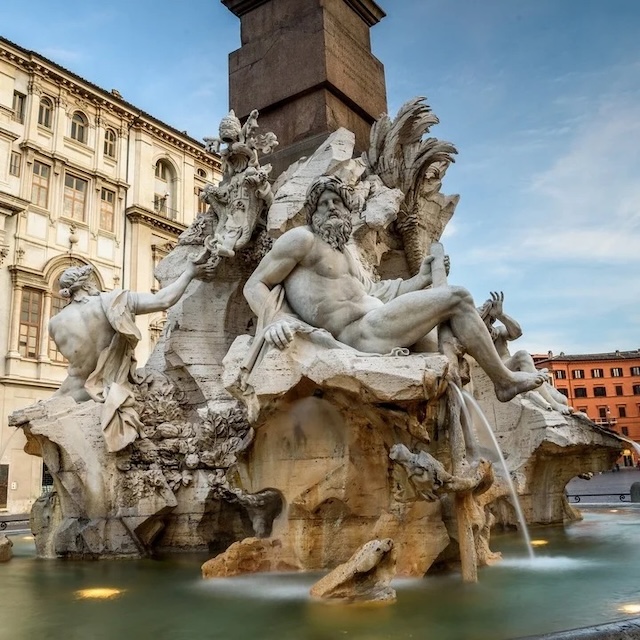
Ecstasy of Saint Teresa
Perhaps Bernini’s most famous and revered work, the Ecstasy of Saint Teresa is a profound example of his ability to merge sculpture, architecture, and spirituality into a single, cohesive masterpiece. This work depicts a moment of divine vision experienced by St. Teresa of Avila, in which an angel pierces her heart with a golden arrow, causing her both spiritual and physical ecstasy. Bernini’s use of light, space, and the expressive details of the figures create a breathtaking sense of transcendence. The viewer is drawn into the mystical experience, making it one of the most compelling and emotionally charged sculptures in history.
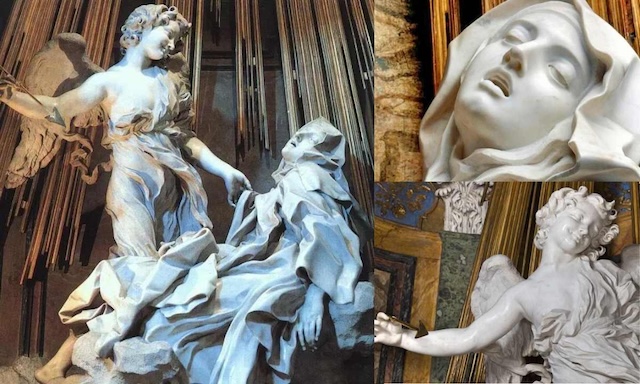
St. Peter’s Baldachin
Standing 94 feet tall, St. Peter’s Baldachin is Bernini’s largest sculptural work and an architectural marvel. This enormous bronze canopy, located over the high altar of St. Peter’s Basilica in Vatican City, marks the burial site of Saint Peter. The structure is supported by four twisted columns, adorned with intricate designs and symbolic imagery. The scale of the work is immense, yet Bernini’s attention to detail and craftsmanship is evident in every corner. This piece demonstrates Bernini’s versatility and ability to blend sculpture with architecture to create a sense of grandeur and reverence fitting for one of the holiest sites in Christendom.
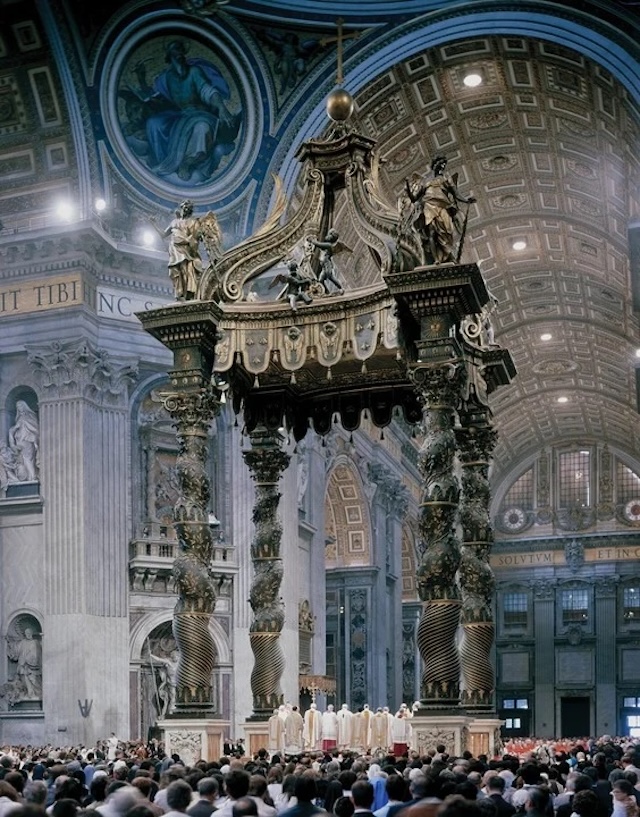
Conclusion
Gian Lorenzo Bernini’s sculptures transcend the boundaries of art and time. His mastery of the Baroque style, characterized by emotional intensity, dynamic movement, and intricate detail, revolutionized the world of sculpture. From the dramatic abduction of Proserpina to the divine ecstasy of Saint Teresa, Bernini’s life-like sculptures continue to captivate audiences and inspire artists around the world. His ability to breathe life into marble remains unparalleled, securing his legacy as one of the greatest sculptors in history. As his works continue to be celebrated, Bernini’s genius will forever stun and inspire the world.
